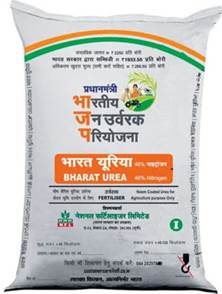Free Courses Sale ends Soon, Get It Now


Free Courses Sale ends Soon, Get It Now



Disclaimer: Copyright infringement not intended.
Context
Details
Rationale behind the Scheme
All key roles played by the Government
Drawbacks of the scheme
© 2024 iasgyan. All right reserved